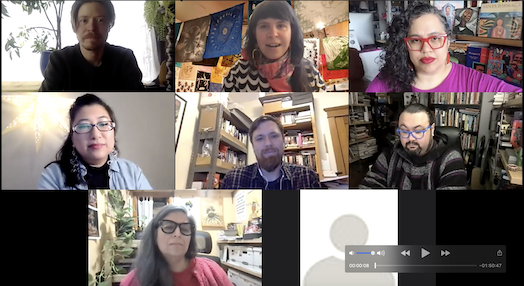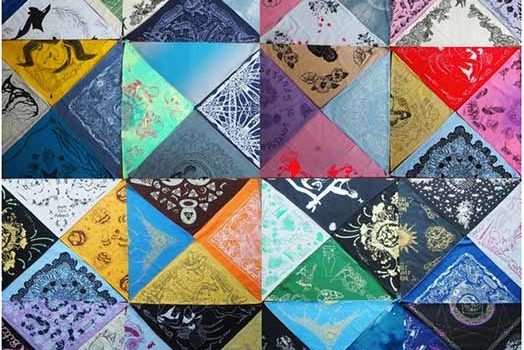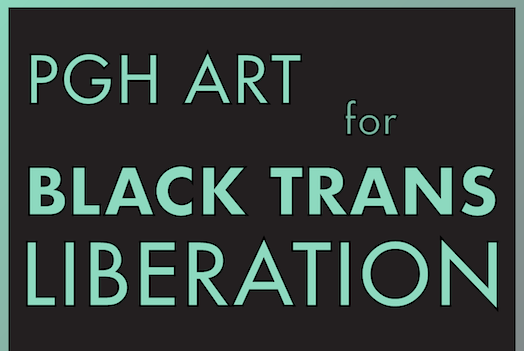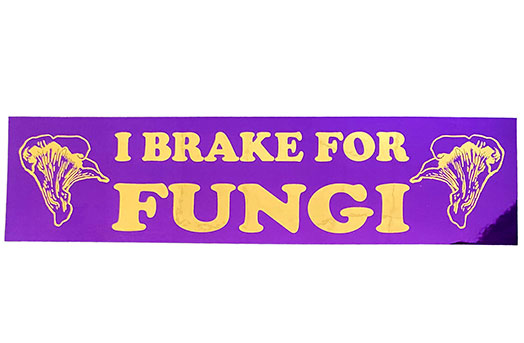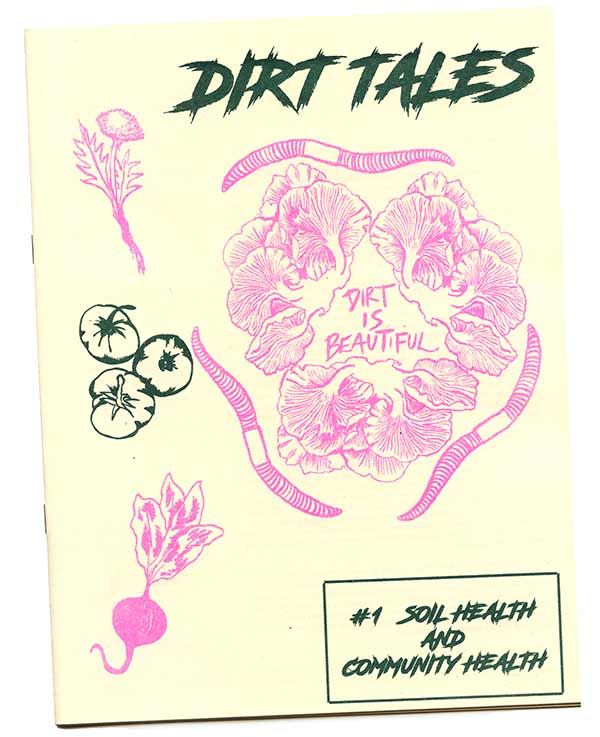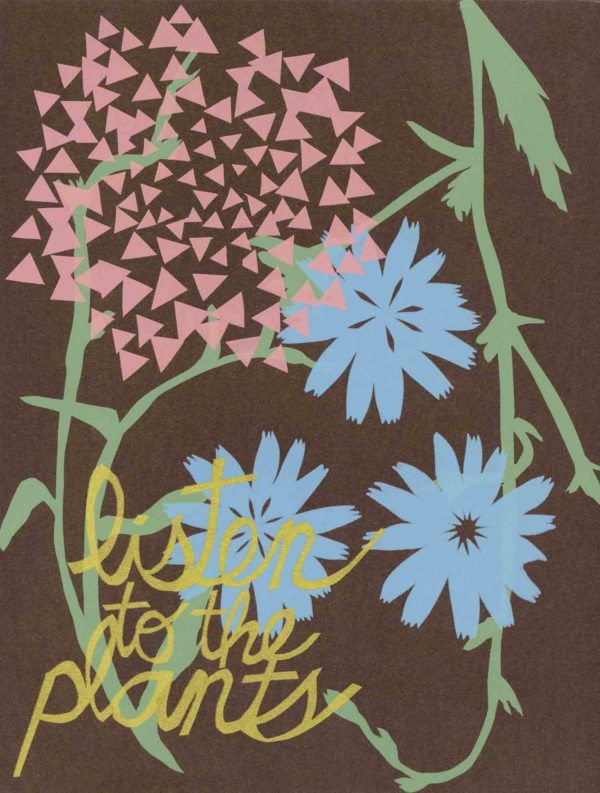
Interview with Justseeds Artists’ Cooperative
By HANNAH DOBBZ
Originally published in the Nor’easter: Official Quarterly of the Northeast Anarchist Network. Winter 2010/2011
Justseeds is a radical artists’ cooperative based in Pittsburgh, Pa. Founded in 1998 as a project of artist and activist Josh MacPhee, Justseeds became a worker-owned cooperative in 2007, boasting 26 members from all over North America. The cooperative primarily produces poster art, but members also host shows, write for the Justseeds blog, and contribute to book projects (think Firebrands, Paper Politics, Signal, and Realizing the Impossible). I talked with Mary Tremonte and Shaun Slifer of the cooperative in their Pittsburgh headquarters.
Nor’easter: Most people don’t think “art” when they think “media.” Especially when conjuring images of “independent media,” we tend to envision newspapers, radio, and the Internet. But art is a medium for messages just as any of the above-mentioned media are. How does Justseeds use the medium of art to convey messages about issues that are important to the collective?
Shaun Slifer: We’re a distribution group primarily, so we distribute art–limited-run silkscreens, stuff like that–but then we also have books that are authored by or edited by members of the co-op or people that we know or like, or even a few things that are just not available through other distributors.
Mary Tremonte: Also, everything we’re making is in a multiple, and I think that’s an important thing when you talk about art. I think we’re all interested in making things that are multiples–print media, books–because that’s one way to disseminate information and disseminate an idea. Rather than having one picture that’s precious and that one person can hang on their wall, you maybe have a hundred of the same picture, and many more people can see it. And not all of us but a lot of us have a street-art background, too, so we’re used to making visual material that’s meant to be seen in public and put up in public as the counter-voice to a lot of the other images that you see publicly like on billboards or bus ads–a lot of us come from that background, that way of communicating visually.
SS: Most of the people in Justseeds–probably all of us–have been involved in other types of organizing “on the left” (I was putting up my hands in quotations as I was saying that) for a long time and so are really aware of and are thinking about the need for a graphic language that’s powerful alongside a written language that’s powerful. So, on our Web site you can buy a print, but a lot of us are pretty free-form with allowing our imagery to get reproduced in other ways that we don’t necessarily profit from. So an example could be the Resourced portfolio where you can go to the Web site and you can buy the portfolio as an art object, but you could also download those images for free. We really want to see that stuff get out into the world. Furthermore, I tell people a lot of times you can pretty much just look on the Web site and find an image you want to use and we’ll put you in touch with that artist–and I don’t think anyone has ever said “No, I don’t want my stuff to be reproduced by your group or in your newsletter.” We haven’t really had any corporate requests; I don’t know, it might kind of change the scene a little bit…
Maybe you touched on this little bit already, but–when they hear the word “art,” some people have been trained to think of sterile, echoing museums and galleries. How does Justseeds transcend this assumption of what art can be? How does that intersect with the notion of art as a medium for a political message?
MT: I think some of that we touched on a little bit in the previous answer, insofar as making images that are a free resource, making images in multiple–which is not exclusive to what we’re doing.
SS: Any time you’re dealing with print-making in multiples, depending on how you handle it, you’re sort of eschewing the idea that an individual art object is particularly precious. I think that’s something we’re all interested in.
MT: I feel like one example just recently was that Pan-Appalachia art show that was at AIR [Artists’ Image Resource in Pittsburgh]–there was a show about regional resource extraction: issues like coal and Marcellus Shale–so there was a traditional art show, and then the piece that Shaun did for that show was that he took his “Coal Will Never Be Clean” graphic that he did for the portfolio and also made stickers. So then it was part of this art-object portfolio but it was also this sticker that you could stick up everywhere and that he gives out for free–and then he made a silkscreen of it and printed it on cheap butcher paper, tacked those up all over the wall, and then had a pile of them on the floor…
SS: And everybody took one.
MT: And then also, we kept the screen and we had it out and we were doing live silkscreening at the event, so people could pull the squeegee and make their own print or see printmaking in action and then take one. I feel like that’s a good example of blurring the boundaries of what it can look like to do art and to show art publicly. A lot of us in the group do education, too, working with young people and people of all ages, sharing that resource of how to communicate your message and how to communicate ideas through printmaking. It’s really important to me personally and I think to a lot of people in our group.
SS: And a lot of us do gallery shows. At least half the artists in the group that I can think of off the top of my head do gallery work and installation work that stretches beyond their printmaking as you would see it on Justseeds. Colin Mathes is a sculptor–he makes a lot of interesting, rickety sculptures that, to me, echo the themes of his prints–but the stuff you would see on Justseeds is just the printmaking output. So a lot of people are sort of experimenting with art as a language. What you see on Justseeds is the print capacity of that.
How has the dynamic of your medium changed since Josh MacPhee began the project in 1998? With technology saturating media in the 2000s to create what became known as the Digital Divide, many print-based radical media groups folded. How did the Divide affect poster art?
SS: Well, one new thing has happened: I worked on a project called Street Art Workers, which was a very loose collective of artists all over the country, some of them who are now in Justseeds. In 2001, 2002, 2003, we were doing these print exchanges through the mail, and the idea was that in the city each of us lived in we would get all this new art and we’d paste it up on the street. But it was very limited by the print run that each individual artist would make. Sometimes you’d get one print–they would have made 50 of them or something but the way they got distributed you’d get one. So you’d wheat-paste it up someplace or you’d keep it–actually, you’d probably keep it if it was a good print. And in 2005, I think, we did a newspaper run that would get more of these images out in the world. And I think that was kind of the last push from anyone in our group to really do a mass printing because, number one, it’s expensive, and number two, it just seemed like you could make the imagery available digitally and maybe have more opportunities for it to actually get used in a broader sense. People could print it out and wheat-paste it, but I think in terms of getting illustrations out into newspapers and magazines and stuff “on the left,” it just makes more sense to put it out there digitally. And I don’t think that even six years ago we were really on top of that–in fact, we were really behind it. I kept pushing for a newspaper to get printed also of these images because I don’t think that the desire to have a piece of paper with an image on it is going to go away–but people don’t want to do it. It’s not worth the money to do that. I think the assumption is that people will print a PDF off and put it on their wall if they really like it. People aren’t actually going to do that, but–
MT: Most of the issues we deal with aren’t going anywhere–there is some time-based expediency, like, oh, there’s this meeting coming up, there’s this city hall meeting we need to go protest, there’s this gathering–you know, there’s a lot of event-based stuff and time-based stuff where we need to make more of an expedient graphic and make the poster that’s only going to stay up for a month. So in that sense it really makes a lot of sense to have these graphics as images that can be manipulated really easily in a variety of ways.
So do you think that in a way the mainstream transition to a digital world proliferated the poster art practice or did it just degrade the quality of–
MT: I feel like it’s become more national and international. Images can travel farther now. And there’s actually been, besides political graphic art, there’s been this big surge that’s moved back toward hand printmaking. Like gig posters–gig posters are huge right now.
SS: Because they’re not digitally printed. There’s actually a little bit of a backlash in some ways.
MT: Yeah. There’s this event called Flatstock, which is part of South by Southwest, the big music fest in Austin, and also happens as part of Bumbershoot, a music fest that happens in Seattle, and it’s this huge gathering of gig-poster makers–you know, people hawking their hand-printed concert posters. There’s this huge culture and subculture around hand printmaking, period–you know, making things that are, I don’t know, kind of quick and dirty…
SS: Maybe it’s not even a backlash; maybe it’s just that there’s a surge in digital printing and fully digital image-making, like stuff that never even makes it onto paper. Maybe what we see as a resurgence and interest in handmade prints is actually just people being made more aware of something that was already going on. I mean, yeah, the gig poster thing has definitely exploded, but I also feel like…there are people in our group that are interesting because they represent old people who don’t understand what the kids are doing technology-wise. But those are the people for whom it’s really important that their stuff is handmade. And a lot of people in Justseeds are like that; communicating on a level technological playing field is really difficult because so many people are actually not caught up. And it’s interesting to me that for those people’s output it’s also really important that it’s all handmade. Like everything about a handmade object and an actual person-to-person interaction is more important to them than catching up with how mainstream things are done.
MT: Part of that I think is the DIY mentality–a lot of us come from a DIY background; not every one of us do, but it kind of goes part and parcel with that kind of mentality…
SS: Yeah, actually most of the people who don’t come from DIY backgrounds are also the people who are digitally printing their posters.
MT: Totally. You know, Justseeds was formed as a cooperative through kind of more informal relationships, friendships, and all of us kind of being connected to each other through other interests we have in common…you know, in a really DIY, punk rock kind of way.
SS: And those things that I was saying, I feel like I’m guilty of some of the same stuff: Like, I’m really interested in letterpress printing, which is older and more backward than what a lot of these people do–and more limited, but I’m also, like, the go-to tech guy for the cooperative…. So for me, getting involved in letterpress is sort of an unconscious response to the fact that I’m constantly surrounded by computers.
What does the future of Justseeds look like to you? Will street art and political posters continue to be an essential medium for change, or do you foresee it going the way of, say, Clamor Magazine, Kitchen Sink, and Punk Planet?
SS: One thing that occurs to me is that I would like to see more organizations doing what we do, or more collections of artists who are unified in some way or another. When the issue has come up before of new members joining Justseeds, we’ve capped that because we can’t handle the people who are already in Justseeds. The joking thing is–partially a joke and partially true–when people e-mail us wanting to join, just tell them to start their own art collective [laughs], ‘cause that’s what we did! And after a while there’s a question: Should there be hundreds of Justseeds people, or should there be 25 Justseeds people and a dozen other cooperatives? I don’t know. I think it would interesting to see other cooperatives because there are other ways of doing things. I mean, one of the biggest other collectives of artistic individuals out there doing the kind of work that we do is the Beehive Collective. But the Beehive Collective operates in a completely different way than we do. And I think it’s really interesting–we have a good relationship with them and I think that’s awesome–but I wouldn’t join the Beehive Collective. And a lot of people in the Beehive Collective probably take issue with some of our politics when you get down to it…Maybe that’s the future, I don’t know. Also, our youth community center.
MT: Yeah, radical teen community center of the future.
[Both laugh.]
SS: We would love to have some kind of thing where we could have our archives and our distro but also–
MT: This is the future of Justseeds is that we have not just this community space but a total, like, hive headquarters: Ice cream shop, archives, silkscreening center–
SS: Taco stand…
MT: Basically everything we love to do…
[Laughter.]
